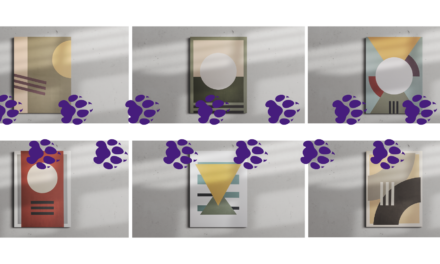THE FOUR BASIC GUIDELINES OF CENTERING PRAYER
- Choose a sacred word or a sacred breath as the symbol of your intention to consent to God’s presence and action within.
- Sitting comfortably and with eyes closed, settle briefly and silently introduce the sacred word as the symbol of your consent to God’s presence and action within.
- When engaged with your thoughts, return ever-so- gently to the sacred word. Thoughts include body sensations, feelings, images, and reflections.
- At the end of the prayer period, remain in silence with eyes closed for a couple of minutes.
Further instructions for centering prayer from Father Thomas Keating:
Centering Prayer is a method designed to facilitate the development of contemplative prayer by preparing our faculties to receive this gift. . . . It is at the same time a relationship with God and a discipline to foster that relationship. This method of prayer is a movement beyond conversation with Christ to communion with Him. [1]
Centering Prayer is based on the wisdom saying of Jesus in the Sermon on the Mount (Matthew 6:6): “If you want to pray, enter your inner room, close the door and pray to your Father in secret, and your Father who sees in secret will reward you.” Notice that “Father” refers to a personal relationship, whether you call it father, mother, brother, soul-friend, spouse or anything else.
The first step in Centering Prayer is to enter your inner room, which is symbolized by the heart in most traditions; that is, your innermost self beyond the senses and beyond thinking. . . .
Second, “close the door,” symbolizing your intention of letting go of all thoughts, preoccupations, memories and plans during this time. As soon as you are overtaken by thoughts, which is inevitable in the beginning, return to your original intention to let go of all thinking. You can do this in a very simple and extremely gently way, like saying a sacred word briefly, noticing your breath, or turning to God with a brief glance of faith in His presence.
Finally, you pray in secret to the Father who speaks to you beyond words and who invites you to ever deeper silence. . . .
The steps I have just mentioned are guidelines. Instead of using a word or noticing your breath, you can also use a sacred image to return to. These symbols do not establish you in interior silence; they simply reaffirm your original intention to be in God’s presence and to be open to the divine action. . . . The fruit of this prayer is not something you produce. You simply reduce the obstacles by providing an interior environment in which the Spirit can speak without words in the inmost depths of your being.
As you practice Centering Prayer, you begin to experience the value of inner silence, which reveals the true self. The presence of God can also be experienced through the love of nature, deep friendship, conjugal love, generous service of others, or the discoveries of genuine science. There are many roads leading to the awakening of the original endowment that God has given every human being, of which the gift of contemplation is one. Contemplation . . . is a gift that has already been given. You have got it! What you have to do is to allow it to awaken within you. [2]
[1] Thomas Keating, Open Mind, Open Heart, 20th anniversary edition (Bloomsbury: 2006), 175.
[2] Thomas Keating and Joseph Boyle with Lucette Verboven, World Without End (Bloomsbury: 2017), 29-31.





